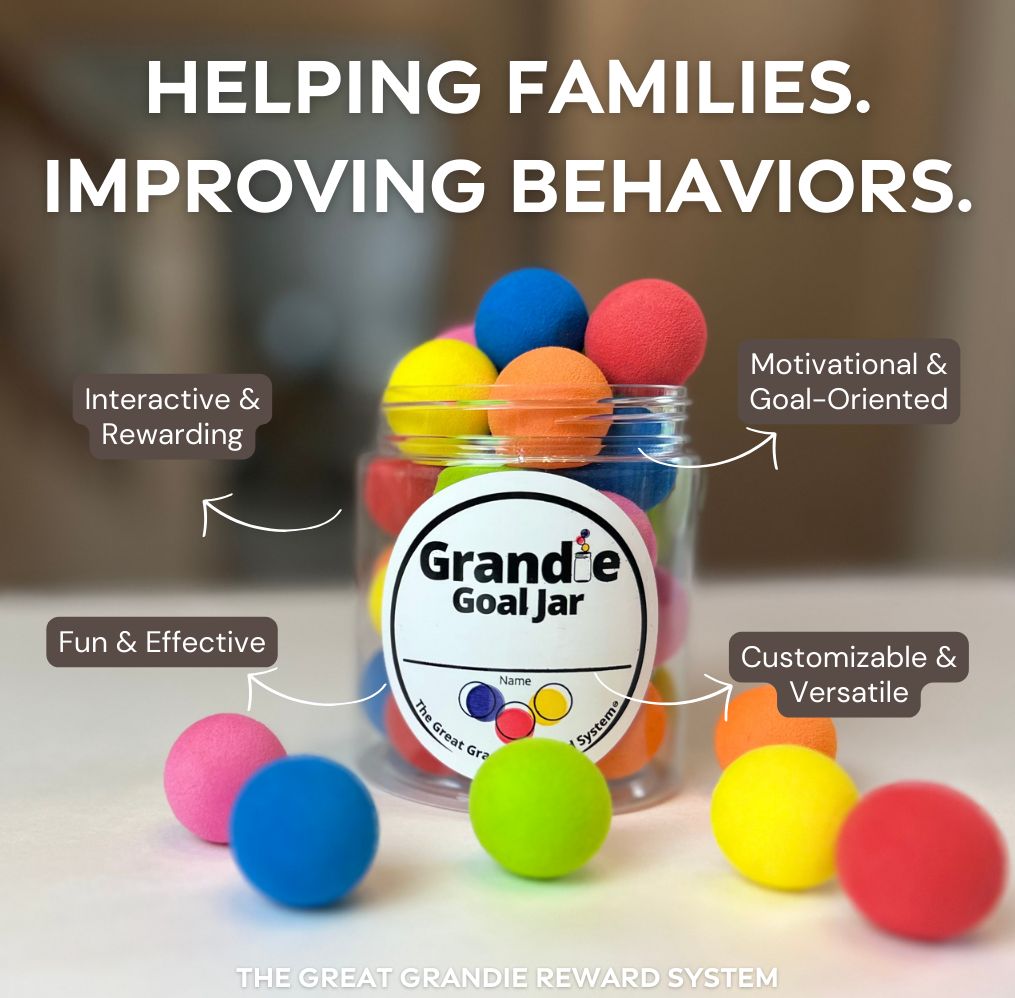Exploring positive discipline techniques to guide children towards better behavior.
Positive discipline is a cornerstone of effective parenting, providing children with the tools they need to make better choices and understand the consequences of their actions. When done right, it’s a powerful approach that fosters learning, empathy, and emotional development in children. In this blog post, we’ll delve into the ABCs of positive discipline, guiding parents in teaching their kids about consequences and helping them grow into responsible individuals.
A is for Awareness: Understand Developmental Stages
Before implementing any discipline strategy, it’s crucial to understand your child’s developmental stage. Age-appropriate expectations and consequences are key. What works for a toddler may not be suitable for a teenager.
B is for Boundaries: Set Clear Expectations
Effective discipline begins with clear boundaries. Set age-appropriate rules and expectations, explaining why they matter. Be consistent in enforcing them.
C is for Consequences: Teaching Life Lessons
Consequences, when applied positively, can be powerful teachers. Here are ways to incorporate them into your parenting toolkit:
- Natural Consequences: Allow your child to experience the natural outcome of their actions. For example, if they forget their raincoat on a rainy day, they’ll get wet.
- Logical Consequences: When natural consequences aren’t safe or practical, create logical consequences that relate to the behavior. If they refuse to do homework, they may lose some screen time.
- Time-In: Sometimes, children act out for attention. Offer them a “time-in” by spending quality time together to address the underlying issue.
- Loss of Privileges: For repeated misbehavior, temporarily revoke privileges like electronics or outings. Explain why the privilege was lost and how to earn it back.
- Earned Privileges: Encourage good behavior by allowing your child to earn special privileges or rewards through positive actions.
D is for Dialogue: Open Communication
Maintain open and respectful communication with your child. Encourage them to express feelings and concerns without fear of judgment.
E is for Empathy: Understand Their Perspective
Show empathy by acknowledging your child’s emotions. Understanding their perspective fosters trust and emotional development.
F is for Forgiveness: Teaching Second Chances
Teach your child about the power of forgiveness. Everyone makes mistakes. Give them opportunities to make amends and learn from them.
G is for Grandie Reward System: A Positive Reinforcement Tool
Consider integrating The Great Grandie Reward System into your positive discipline approach. Grandies are tangible rewards that celebrate good deeds and accomplishments. They help children understand the value of their actions and encourage positive behavior.
Conclusion
Positive discipline is an ongoing journey that empowers children to make better choices and learn from their actions. By being aware of developmental stages, setting clear boundaries, using appropriate consequences, fostering open communication, showing empathy, and teaching forgiveness, parents can guide their children towards responsible behavior and emotional growth.
The Great Grandie Reward System, as a positive reinforcement tool, enhances this journey by providing a tangible way to celebrate good deeds and encourage positive actions. When combined with the ABCs of positive discipline, it becomes a valuable addition to your parenting toolkit. Together, these techniques and tools can help you raise responsible, empathetic, and well-rounded individuals, equipped to navigate life’s challenges with confidence.






